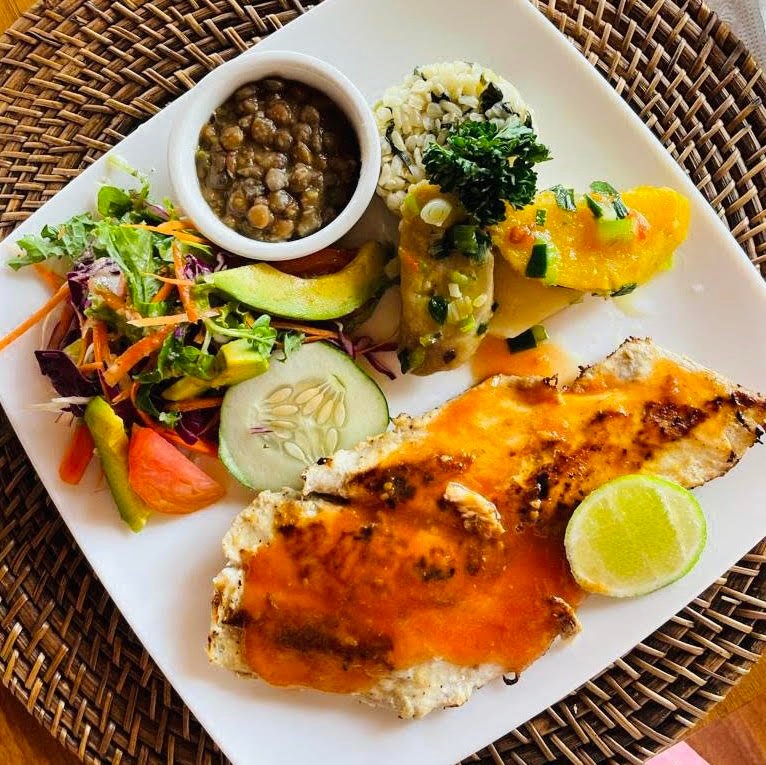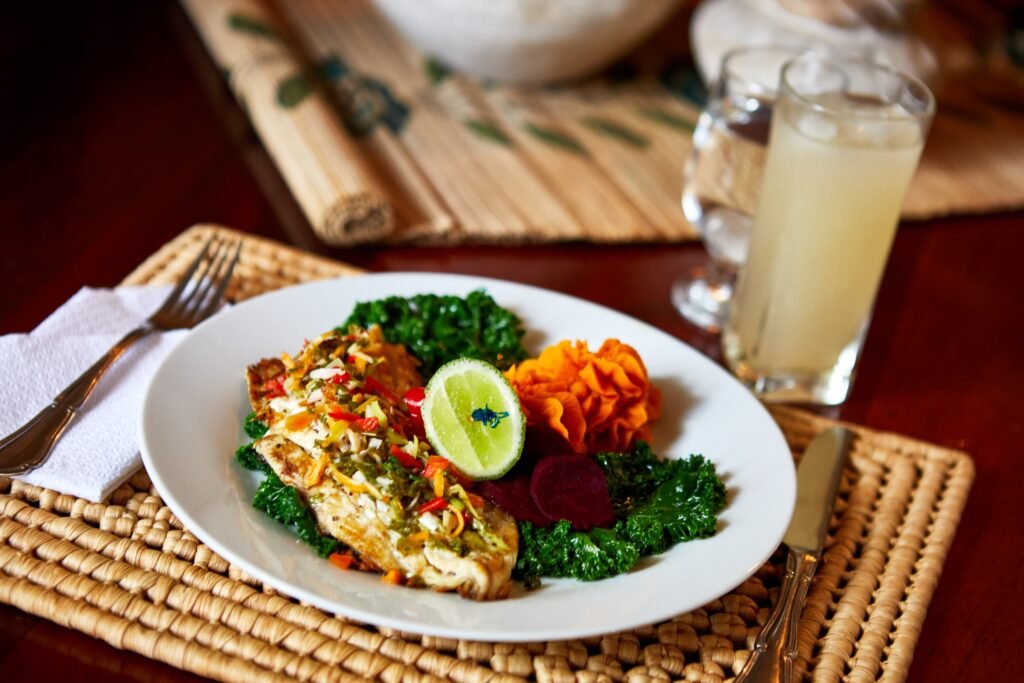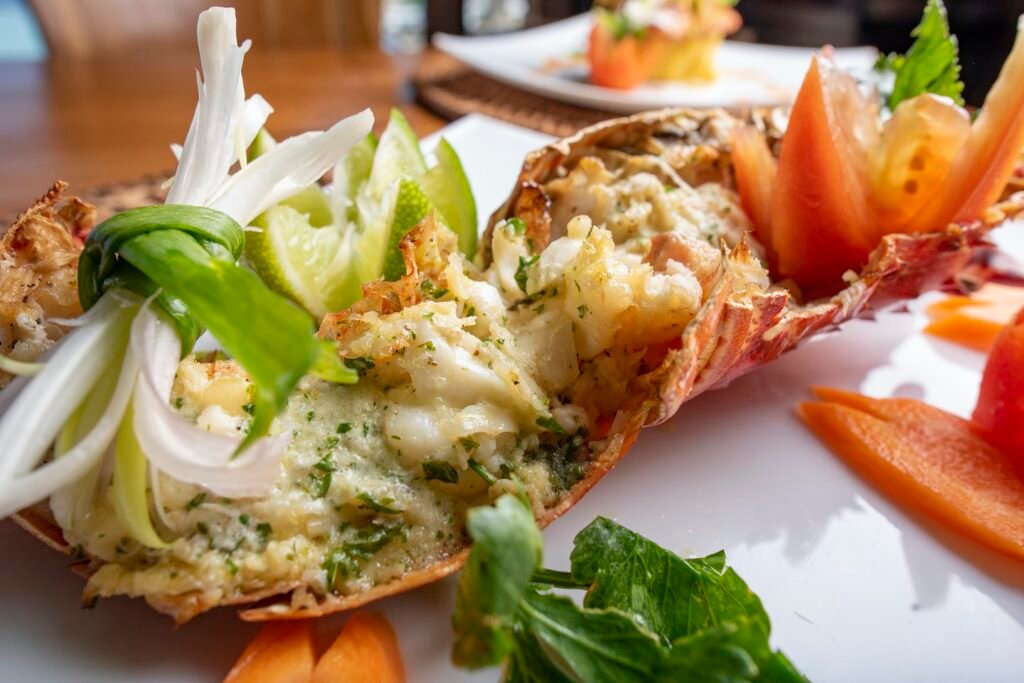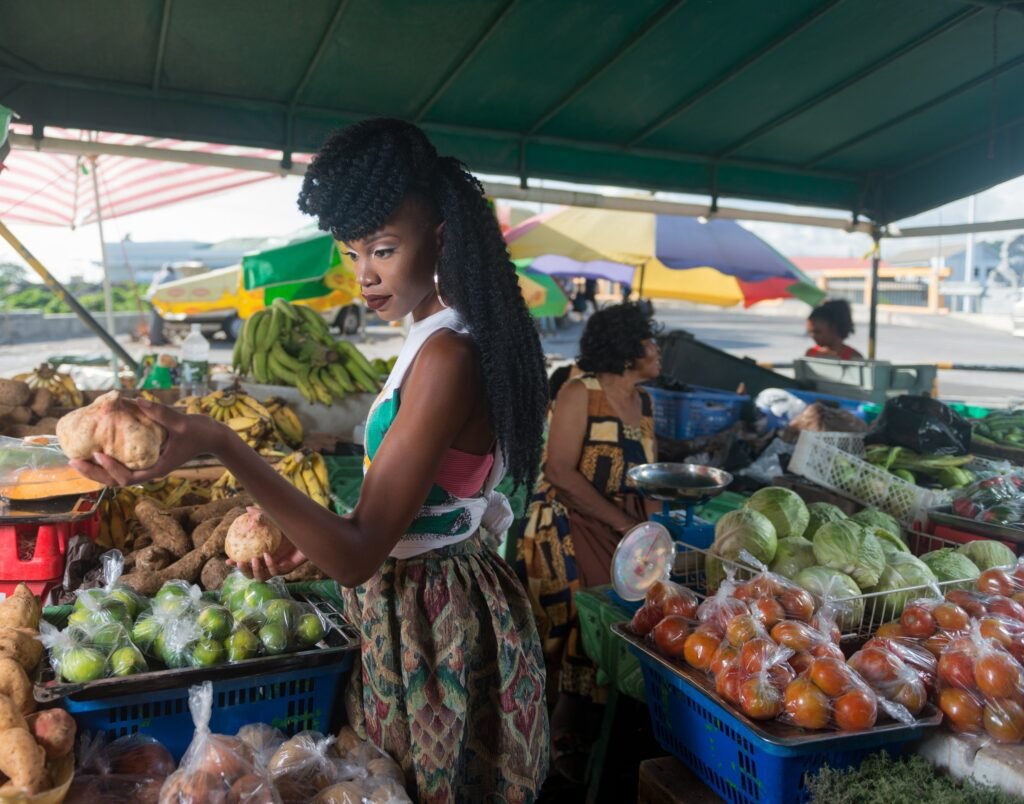
Blogs
Savor In Our Nature: Dominica’s Delicious Culinary Experiences
Embark on a flavorful journey through Dominica, where every dish reflects the island’s lush landscapes, vibrant culture, and deep-rooted traditions. From farm-fresh produce and ocean-to-table seafood to fragrant bush teas and centuries-old cooking techniques, Dominica’s cuisine is a true expression of its natural bounty and community spirit. Whether foraging in the rainforest, fishing with locals, or savoring Creole creations in open-air kitchens, each experience invites you to taste the island’s story—one delicious bite at a time.
Discover Dominica: A Taste of the Nature Island
Dominica has earned its reputation as the “Nature Island of the Caribbean” for many reasons, and its vibrant, wholesome cuisine is one of them. Whether it’s harvested from lush, fertile farmland or sourced sustainably from the surrounding seas, the food here is as fresh and flavorful as it is nutritious. It’s not just about eating well — it’s about experiencing the deep cultural roots and sustainable practices that shape every meal.
Visitors can explore Dominica’s rich culinary heritage through a variety of immersive experiences that connect them directly with the island’s agricultural and gastronomic traditions. Farm tours allow guests to walk through lush plantations, sample fresh tropical fruits straight from the tree, and learn firsthand about organic and sustainable farming practices that are central to the island’s food system. Traditional fishing trips, led by local fishermen, offer a glimpse into time-honored methods of sourcing seafood, often followed by communal cookouts where the day’s catch is transformed into delicious Creole dishes. Cooking classes led by local chefs invite visitors to master traditional recipes using indigenous herbs and spices, deepening their appreciation for Dominican flavors. Additionally, food festivals held throughout the year celebrate the island’s diverse culinary influences, bringing communities together through music, dance, and an abundance of authentic dishes.

On the Farm: Where Freshness Begins
In Dominica, farms come in many forms — from backyard gardens and hillside plots to remote plantations tucked into the mountainous interior. Agriculture has been central to island life since the days of the Kalinago people and continued through the legacy of enslaved Africans who cultivated provision grounds for survival.
The banana industry once dominated the island, with vast exports to Europe. However, when global trade rules changed and subsidies were withdrawn, the banana economy faltered, prompting a shift. Today’s farmers have diversified, growing a wide array of crops suited to their land and climate.
Many Dominicans maintain personal gardens to feed their families or sell produce at the market. While bananas are still grown commercially, especially in the northeast, farms now grow everything from root vegetables to tropical fruits — a fusion of tradition and modern resilience in the face of climate change and natural disasters.
Farm tours are a unique way to connect with this agricultural heritage. Walking through the land alongside local farmers, you’ll get hands-on insight into the cultivation of crops you may only recognize from store shelves — and the experience is both eye-opening and memorable.
A key part of this heritage includes natural remedies. Passed down through generations, Dominican ‘bush medicines’ remain a trusted part of daily life. Herbal teas made from ginger, guava leaves, soursop, and peppermint are used for everything from colds to sleeplessness — a reminder of the island’s deep knowledge of plant-based wellness.


From the Sea: Fishing the Dominican Way
Fishing traditions in Dominica trace back to its earliest inhabitants. Many coastal villages today, such as Coulibistrie, Boetica, and Colihaut, still reflect their Amerindian origins — and continue the practice of small-scale, sustainable fishing.
Local fishermen use a variety of methods depending on the waters — from nets and lobster traps near shore to hand-line trolling in deeper seas. Common catches include tuna, mahi-mahi (locally called ‘dolphin’ or dowad), marlin, wahoo, jacks, snapper, and barracuda.
A seasonal highlight is the titiwi run, a natural event in which juvenile gobies swarm river mouths in the early mornings of September and October. In the village of Layou, they’re caught using seine nets and transformed into a local delicacy: titiwi accra, a savory fritter traditionally served during Creole festivities.
Fresh lobster and river crayfish are also available in season. If you hear the conch shell blown in a village, it’s a local signal — fresh catch is available!
At the Market: A Feast for the Senses
Dominica’s markets are at their liveliest on Friday evenings and Saturday mornings. That’s when farmers and vendors bring their best harvests, filling stalls with a colorful array of fruits, vegetables, herbs, and spices. Roseau’s central market is the largest, located by the river on the city’s north edge, but nearly every village has its own version.
You’ll find a rich variety of root vegetables — dasheen (taro), yam, tannia, sweet potato — often called ‘ground provisions.’ These starchy crops have long been staples in Dominican cooking, used in hearty one-pot dishes known as “braf,” where provisions are boiled with seasonings, meat, and fish.
Green bananas, known locally as ‘figs,’ and plantains (which must be cooked before eating) are other common sights. Tropical fruits such as guava, lime, grapefruit, passionfruit, and watermelon add color and flavor to every table.

Dining Out: From Street Food to Fine Dining
Dominica’s culinary landscape is diverse and delicious. Street vendors serve quick favorites like stuffed bakes and roti, while upscale hotels offer refined takes on local classics like grilled lobster, curry goat, and tenderloin.
Meals often feature a mix of island favorites — think baked macaroni pie, rice and peas, fried plantains — served alongside farm-fresh vegetables and provisions grown in the island’s volcanic soil. A typical Dominican lunch is a generous, filling spread that blends nutrition, tradition, and comfort in every bite.
Creole Flavors and Festival Foods
During Creole season in October, traditional heritage dishes take center stage. The national dish, callaloo soup — made from young dasheen leaves and coconut milk — is often served with land crab during the festivities.
Other beloved local dishes include:
- Crab back – spicy crab meat baked in its shell
- Goat water – a rich, flavorful goat soup
- Chatou water – octopus soup
- Sancoche – salted cod in coconut milk
- Pelau – seasoned rice with chicken or pork
In the Kalinago Territory, visitors can try cassava bread, a spiced flatbread cooked over open flames, and kanki, a sweetened cassava dish wrapped in banana leaves and steamed — both authentic tastes of indigenous Caribbean life.
Come Hungry for More
Whether you’re exploring a hillside farm, sharing a meal by the sea, or sampling festival favorites, Dominica invites you to experience food that nourishes the body, celebrates tradition, and honors the land and sea. When you visit the Nature Island, make sure your taste buds are part of the journey.
Papillote Rainforest Restaurant – Nestled near Trafalgar Falls in the rainforest.
🔗 http://www.papillote.dm/
Pagua Bay Bar & Grill – Ocean‑view dining in Marigot at Pagua Bay House.
🔗 http://www.paguabayhouse.com/restaurant/
more insights



10 Must-See Attractions on Nauru Island: Discover This Pacific Treasure
Blogs Back to all insights
